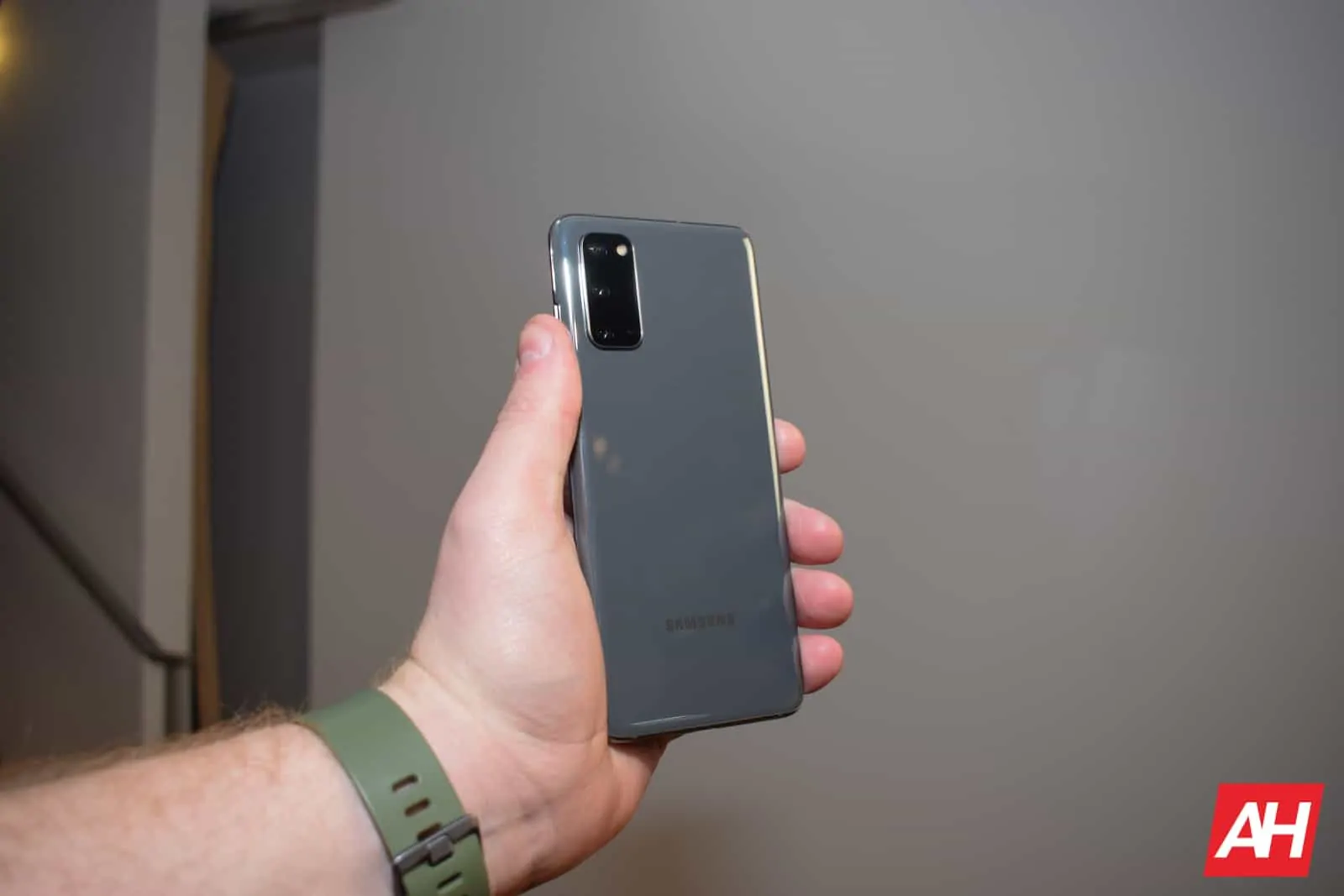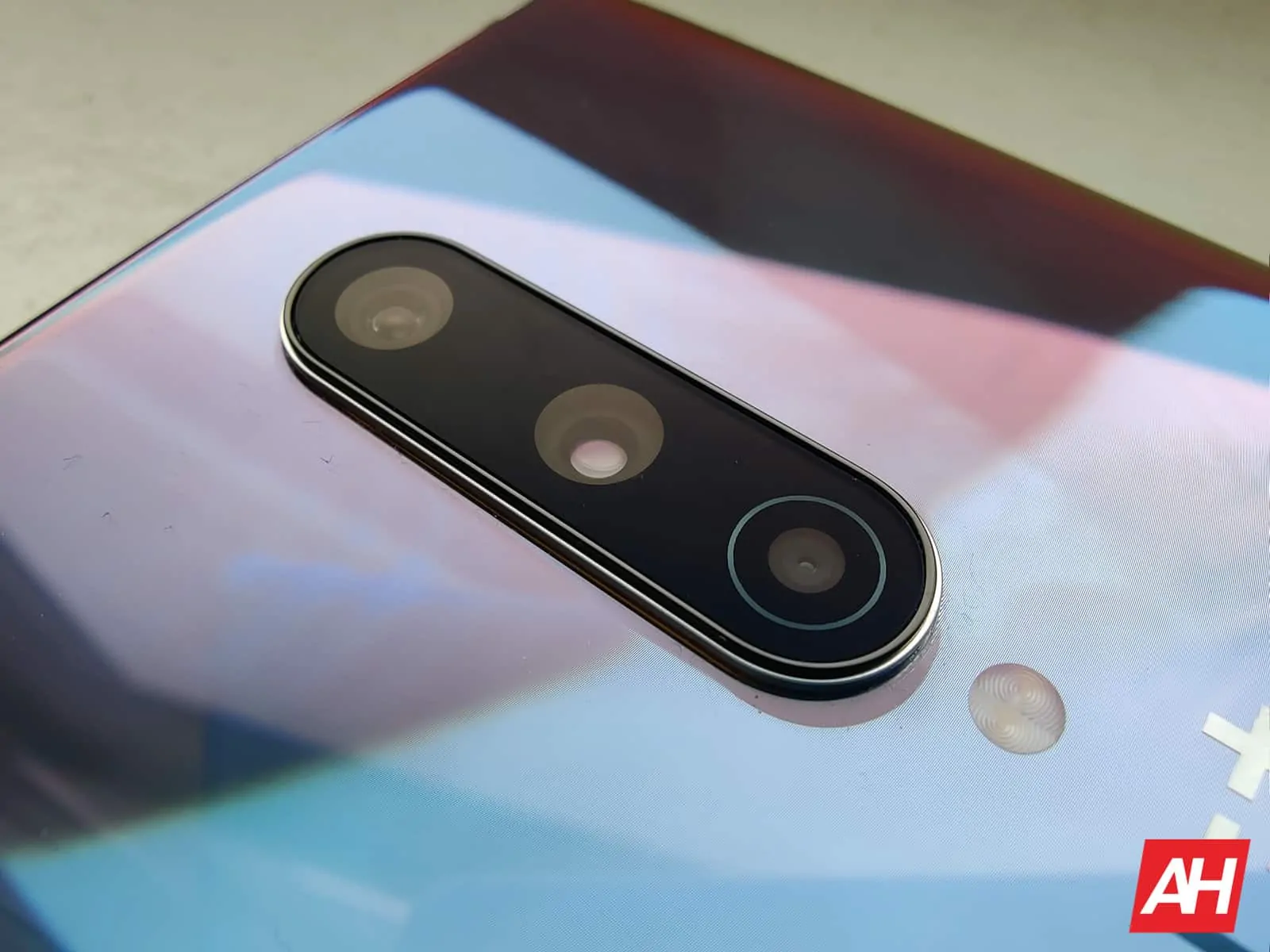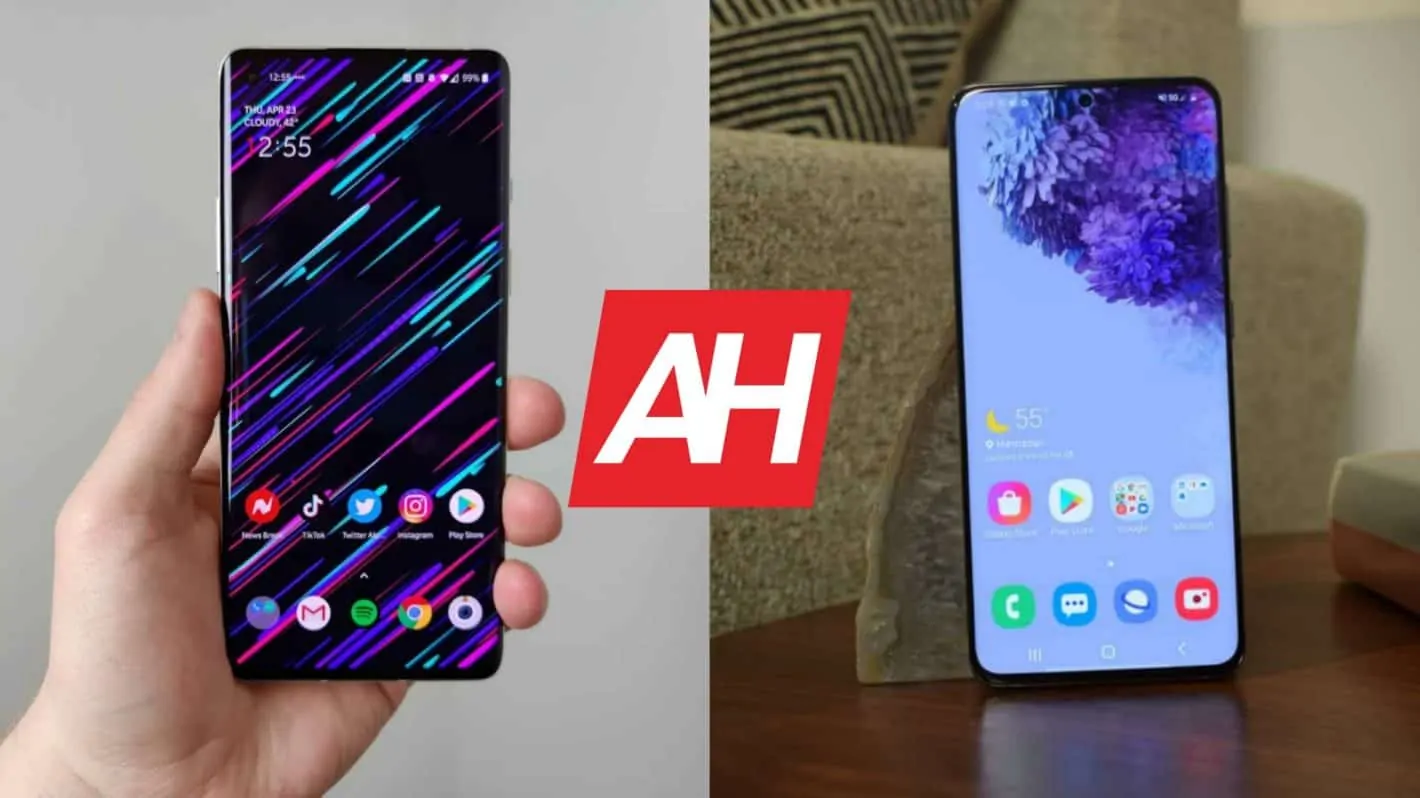We’ve already compared the OnePlus 8 Pro vs Galaxy S20 Ultra. Well, the time has come to do the same with their vanilla versions, the OnePlus 8 vs Galaxy S20 comparison is here. Those are the most affordable devices in the series, and both of them have a lot to offer, no doubt about that. We’ll do our best to help you choose one of them, though.
These two phones are fairly different. They do have some connecting points, but for the most part, they’re quite different. That being said, we’ll compare them across a number of categories, as we usually do in such comparisons. We’ll first list their specifications, and jump to design, display, and various other categories from there.
Do note that the opinions you’ll see in this article are our own. You may have had a different experience with either of these two devices, and that’s perfectly fine. This is not a review, or anything of the sort, but a comparison, so we won’t go in full details on every single of the categories listed below. We will, however, highlight some things for you. Let’s get started.
Specs
| OnePlus 8 | Samsung Galaxy S20 | |
| Screen size | 6.55-inch fullHD+ Fluid AMOLED display (90Hz) | 6.2-inch WQHD+ Dynamic AMOLED display (120Hz) |
| Screen resolution | 2400 x 1080 | 3200 x 1440 |
| SoC | Qualcomm Snapdragon 865 | Qualcomm Snapdragon 865 |
| RAM | 8GB / 12GB (LPDDR4X) | 12GB (LPDDR5) |
| Storage | 128GB/512GB (UFS 3.0); non-expandable | 128GB; Expandable up to 1TB |
| Rear cameras | 48MP (f/1.7 aperture, Sony IMX586, OIS/EIS, PDAF) 16MP (f/2.2 aperture, 116-degree FoV, ultra-wide lens) 2MP (macro camera, 1.75um pixel size, f/2.4 aperture) |
12MP (f/1.8 aperture, 79-degree angle lens) 64MP (f/2.0 aperture, 76-degree angle lens) 12MP(f/2.2 aperture, ultrawide 120-degree lens) |
| Front cameras | 16MP (Sony IMX471, f/2.4 aperture, EIS, fixed focus) | 10MP (f/2.2 aperture, 80-degree angle lens) |
| Battery | 4,300mAh, non-removable, 30W fast battery charging | 4,000mAh, non-removable, 25W fast battery charging, fast wireless charging, reverse charging |
| Dimensions | 160.2 x 72.9 x 8mm | 152 x 68 x 7.9mm |
| Weight | 180 grams | 164 grams |
| Connectivity | LTE, 5G, NFC, Bluetooth 5.1, Wi-Fi, USB Type-C | LTE, 5G, NFC, Bluetooth 5.0, Wi-Fi, USB Type-C |
| Security | In-display fingerprint scanner (optical) | In-display fingerprint scanner (ultrasonic) |
| OS | Android 10 OxygenOS |
Android 10 Samsung One UI 2 |
| Price | $699 / $799 | $999 |
| Buy | OnePlus | Samsung |
OnePlus 8 vs Samsung Galaxy S20: Design
Both of these devices are made out of metal and glass. Both of them are quite slippery, so they have that much in common. The dimensions of the two phones are considerably different, and the result of that is a different in-hand feel. Their weight is also different, and that is something you’ll notice while holding them.
The OnePlus 8 is both taller, wider, and thicker than the Galaxy S20. That’s because it has a considerably larger display, more on that in the display section. The OnePlus 8 is not just a little bit taller and wider than the Galaxy S20, that’s definitely something you’ll both see and feel. The Galaxy S20 is definitely an easier phone to use with one hand, without a doubt. It’s also easier to hold with one hand for long periods of time.

With the OnePlus 8, you do get more screen real estate, though. Both phones include curved displays, and a display camera can be found on each of them. The OnePlus 8’s is placed in the top-left corner, while the Galaxy S20’s is centered. Bezels are extremely thin on both phones, by the way.
The camera on the OnePlus 8 is centered, and you’ll find three units back there. The Galaxy S20 also packs three camera sensors on the back, but its camera module is placed in the top-left corner. All in all, both of these phones offer high-end build, and do feel good in the hand. They also look quite sleek. If you want a smaller phone, the Galaxy S20 is the better call. Otherwise, it’s your personal preference, really, they’re both great in this regard.
OnePlus 8 vs Samsung Galaxy S20: Display
The OnePlus 8 features a 6.55-inch fullHD+ (2400 x 1080) Fluid AMOLED panel. That is a curved display with 90Hz refresh rate. The Galaxy S20, on the other hand, rocks a 6.2-inch QHD+ (3200 x 1440) Dynamic AMOLED display. That display is also curved, while it offers a 120Hz refresh rate on top of that.
The OnePlus 8’s panel is protected by the Gorilla Glass 5, while Gorilla Glass 6 comes on top of the Galaxy S20’s display. Both displays support HDR10+ output, by the way. Now, on paper, the Galaxy S20’s panel is the better of the two, and everything considered, that’s hard to deny. Things are not that black and white, though.
The difference between a 90Hz and 120Hz refresh rate is not that big, first of all. Second of all, the Galaxy S20 cannot utilize QHD+ resolution at a 120Hz refresh rate, so you’ll need to use fullHD+ resolution in order to utilize such refresh rate. Third, in terms of image output, they’re quite close, actually.
Both displays are extremely sharp, with great colors. They’re quite vivid, get bright enough, and viewing angles are great. Technically speaking, the Galaxy S20 does rock a better display, but the difference is not that big at all. Both of these phones have great-looking displays, and you won’t miss anything on the OnePlus 8’s panel.
OnePlus 8 vs Samsung Galaxy S20: Performance
Ah… the performance. Samsung had issues in this regard in the past, but that’s no longer the case, nor should it be when it comes to flagship-grade phones. Truth be said, the Snapdragon variant of the Galaxy S20 does perform better than the Exynos one. The difference is not huge, but it’s something you may notice. The battery life is also better on the Snapdragon variant, but I digress.
Both of these phones are running the Snapdragon 865 SoC, though the Galaxy S20 in Europe and India comes with the Exynos 990 SoC. Both phones also pack in plenty of RAM, and their software offerings are well-optimized. Both devices can run through anything you throw at them, basically.
These two phones are extremely fast when it comes to switching between apps, opening apps, running games, and anything else you can think of. We did notice more stutters on the Galaxy S20, for sure, but those are so far apart that they’re not even worth mentioning. The bottom line is, don’t expect any performance-related issues on either of these two phones.
OnePlus 8 vs Samsung Galaxy S20: Battery
Battery life is always hard to compare, as usage scenarios are quite different from one person to the next. In our experience, the OnePlus 8 does have an edge in this regard. The OnePlus 8 has great battery life. For most people, the device will be able to go over 7-7.5 hours of screen on time in a single day. The Galaxy S20 is closer to 6 hours of screen on time.
The OnePlus 8 does come with a larger battery, but it also has a larger display, The Galaxy S20 does have higher screen refresh rate, though. The OnePlus 8 packs in a 4,300mAh battery pack, while the Galaxy S20 includes a 4,000mAh battery. Do note that we’re not big on gaming, so if you’re gaming often, expect noticeably lower numbers than the ones we’ve mentioned.
Both devices support fast charging. The OnePlus 8 comes with 30W fast wired charging, compared to the Galaxy S20’s 25W fast wired charging. The OnePlus 8 does not support wireless charging, nor reverse (wireless) charging… well, the Galaxy S20 does. The phone supports 15W wireless charging, and 9W reverse wireless charging. So, the OnePlus 8 offers better battery life and faster wired charging, but the Galaxy S20 offers wireless charging and reverse wireless charging.
OnePlus 8 vs Samsung Galaxy S20: Cameras
This section is particularly different to compare, as these two devices are considerably different in terms of camera performance. They’re both really good in this regard, but you’ll get noticeably different results. The OnePlus 8 leans more towards more realistic shots, even though it tends to throw on some saturation in the mix. The Galaxy S20, on the other hand, is quite heavy on post-processing, and images coming from the device look really good, but often non-realistic. That is actually what most people will prefer, though, most probably.

We’re talking about daylight shots now, of course. Such images do come with a ton of sharpness, a lot of details, good dynamic range, and white balance. Colors are also quite nice on both, no complaints there. The ultrawide camera does work a bit better on the Galaxy S20 in our experience, though neither ultrawide camera is great. The OnePlus 8 Pro’s ultrawide shooter does a better job than both of these, for example.
At nighttime, both devices are quite capable. The OnePlus 8 even does a better job in auto mode, than when you switch to ‘Nightscape’, at least in our experience. The Galaxy S20 keeps up, and it manages to keep a lot of details at nighttime. Do note that neither of these phones can be considered to be the best camera for low light shots. There are better options out there, but these two are really good in that regard.
Audio
Now, in terms of audio. Both devices offer a set of stereo speakers. Even the placement of those speakers is similar. One is located at the bottom of the device, while the other one sits underneath the earpiece grille. What about the quality, though? Well, both sets are quite compelling. They get pretty loud, and can even produce some nice bass, though don’t expect miracles. They do not sound tinny at all, and they can get pretty loud as well. The distortion can be noticed at the highest of volumes, but it’s so minimal, it’s difficult to notice.
In terms of earphones, well, neither device has a 3.5mm headphone jack. That being said, if you utilize a Type-C port on the bottom, or Bluetooth, you can get some really nice audio out of these phones. The OnePlus 8’s strengths are mids and high, while the Galaxy S20 is really good across the board, even the lows are really good. Not to say they’re bad on the OnePlus 8, not at all, but we did notice a slight difference. You’ll be happy with both of these, really, unless you’re a true audiophile, in which case your demands may exceed what these two have to offer.

